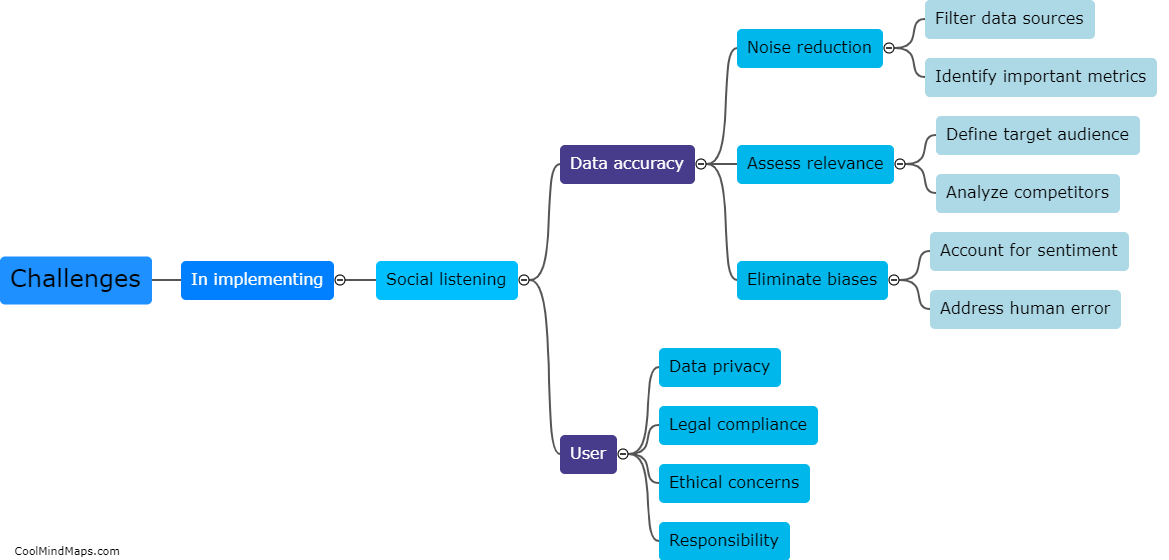How are participants chosen in purposive sampling?
Purposive sampling is a non-probability sampling technique where researchers select participants based on a specific purpose or research question. In this sampling technique, researchers choose participants deliberately based on certain characteristics that are relevant to the research question being explored. The selection of participants can be done through a variety of methods, such as snowball sampling or convenience sampling. Participants can also be selected through expert judgment, where experts in a particular field recommend individuals who possess the relevant characteristics to participate in the study. Purposive sampling can be an effective way to gather data from specific groups of individuals who may be difficult to reach through other sampling techniques.

This mind map was published on 20 April 2023 and has been viewed 100 times.











